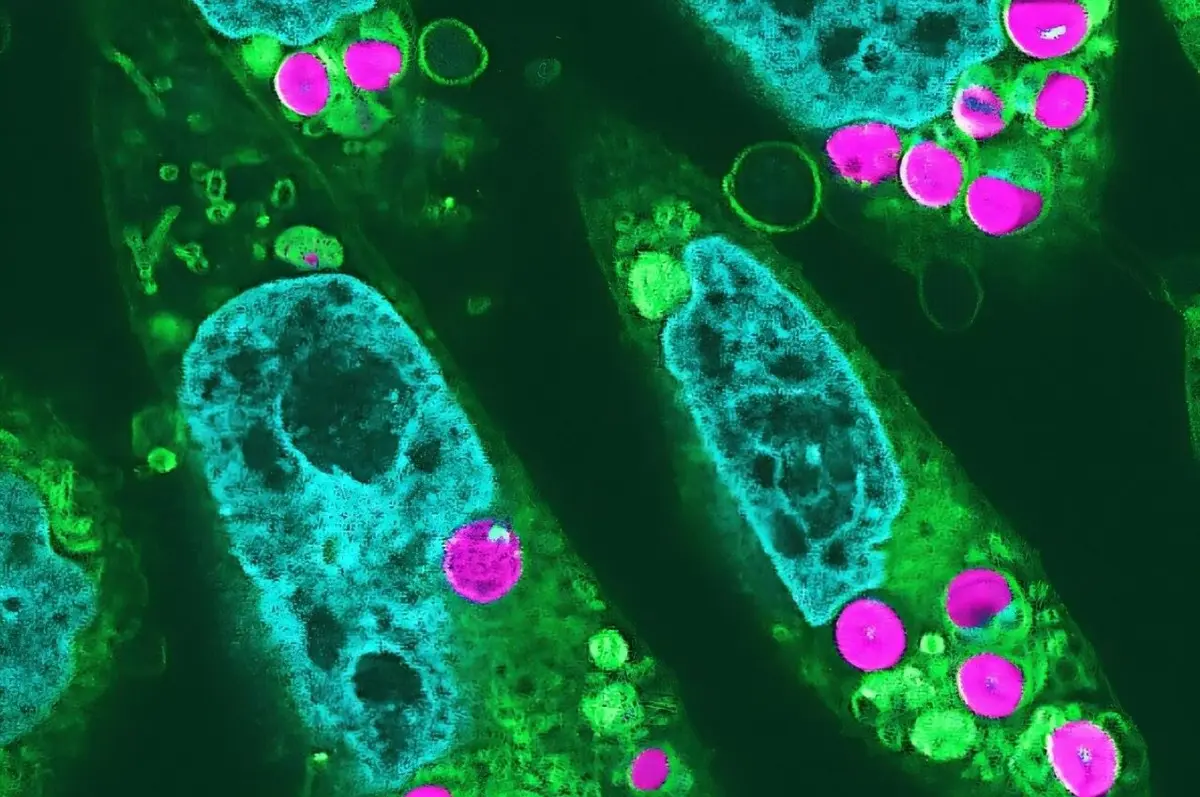In a landmark achievement, researchers led by Professor Sachihiro Matsunaga at the University of Tokyo have successfully developed animal cells capable of photosynthesis. This innovation could reshape medical treatments and revolutionize lab-grown meat production.
What is Photosynthesis?
Photosynthesis is a natural process that enables plants, algae, and some bacteria to convert sunlight, water, and carbon dioxide into oxygen and sugars. This process is essential for life on Earth, sustaining ecosystems and providing oxygen for living organisms.
But what if animals could photosynthesize too?
Professor Matsunaga and his team have cracked the code, achieving something that scientists have pursued for over 50 years.
The 50-Year Challenge: Making Animal Cells Photosynthesize
Attempts to integrate photosynthesis into animal cells date back to the 1970s. However, early efforts failed as animal cells consistently rejected chloroplasts—specialized plant cell structures responsible for photosynthesis—as foreign invaders.
“We aimed to overcome this challenge by finding chloroplasts that could survive in the warmer environment of animal cells, typically cultured at 37°C,” Matsunaga explained.
How Did They Do It?
The researchers took a novel approach by letting animal cells ingest chloroplasts as “food.” Surprisingly, this prevented the immune response that usually destroyed the chloroplasts.
“Chloroplasts eaten as food could be maintained in the animal cell for at least two days, during which time the initial reaction of photosynthesis could be detected,” said Matsunaga.
Boosting Growth and Energy
Once inside the animal cells, the chloroplasts didn’t just survive—they thrived. These cells displayed an increased growth rate, suggesting the chloroplasts provided an additional energy source.
“I was amazed,” Matsunaga shared. “We achieved what biologists had considered impossible for decades.”
Applications of Photosynthesizing Animal Cells
This breakthrough opens doors to numerous applications:
– Lab-Grown Meat Production: One major challenge in producing artificial meat is ensuring sufficient oxygen delivery to densely packed cells. Photosynthesizing cells could generate their own oxygen, improving growth rates.
– Medical Innovations: Matsunaga envisions embedding photosynthetic cells in tissues to enhance oxygen delivery for patients with heart disease or other conditions. Small LED devices could be implanted near organs to provide light, enabling the cells to produce oxygen where it’s needed most.
Future Goals and Challenges
While this breakthrough is a significant step forward, there’s more work to be done. The team’s next challenge is to extend the lifespan of chloroplasts within animal cells.
“In the future, we’ll refine our technique so chloroplasts can perform photosynthesis for longer periods,” said Matsunaga.
A New Frontier in Biological Engineering
This innovation marks the dawn of a new era in biological science. Photosynthesizing animal cells could revolutionize food production, medical treatments, and even contribute to climate change solutions by reducing carbon dioxide emissions.
As researchers continue to push boundaries, the possibilities seem limitless. Could human cells photosynthesize someday? Matsunaga believes it’s a distant but not impossible dream.
For now, the world watches as this groundbreaking discovery begins to reshape the future of science and technology.























